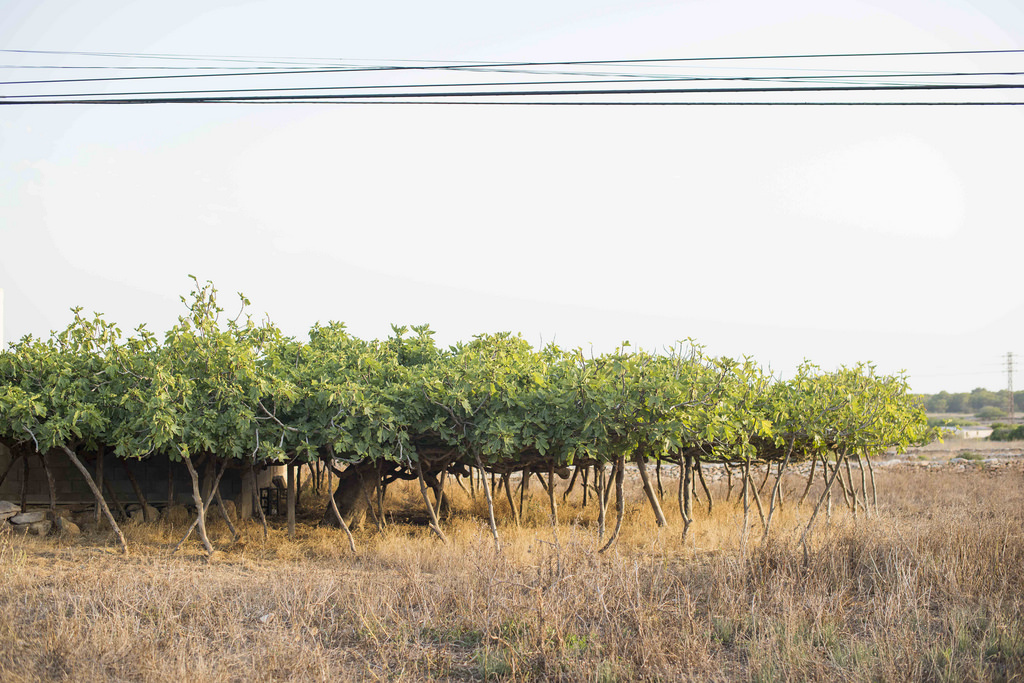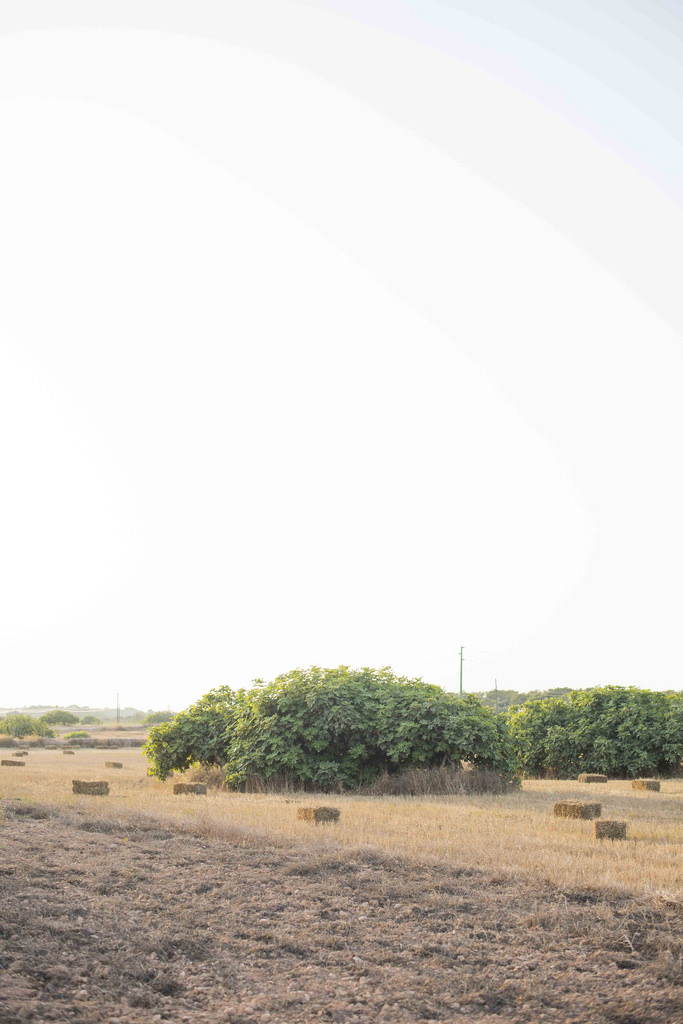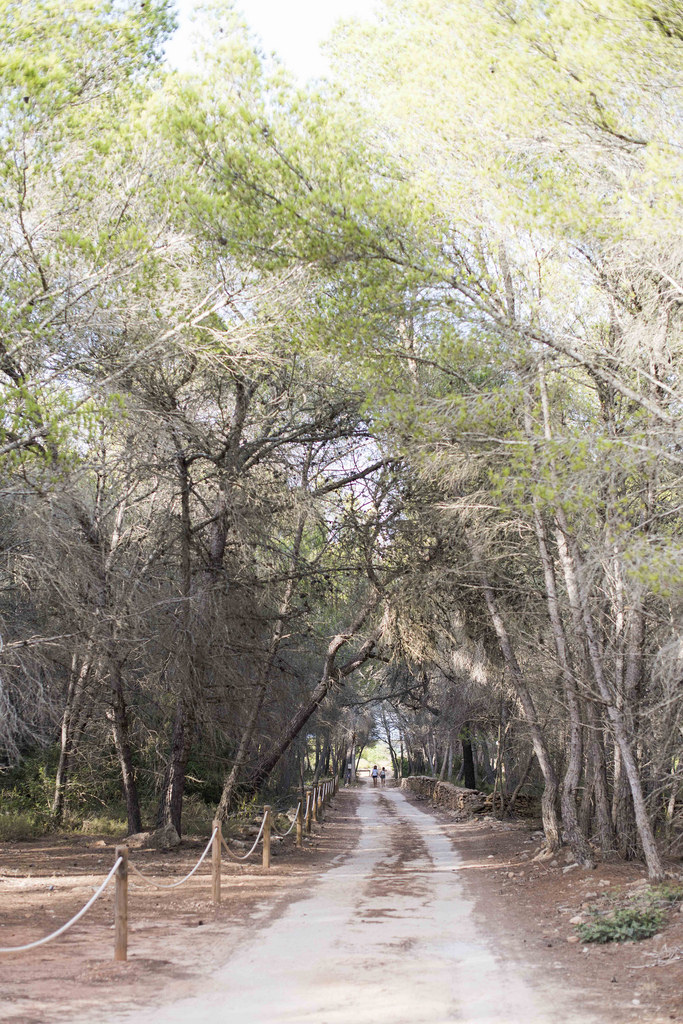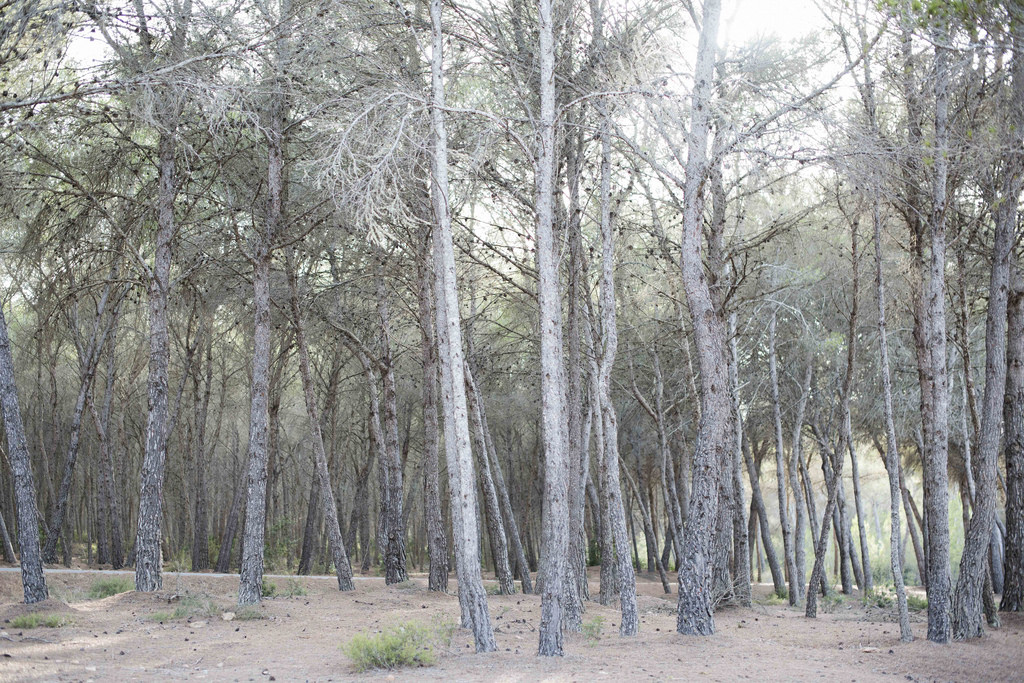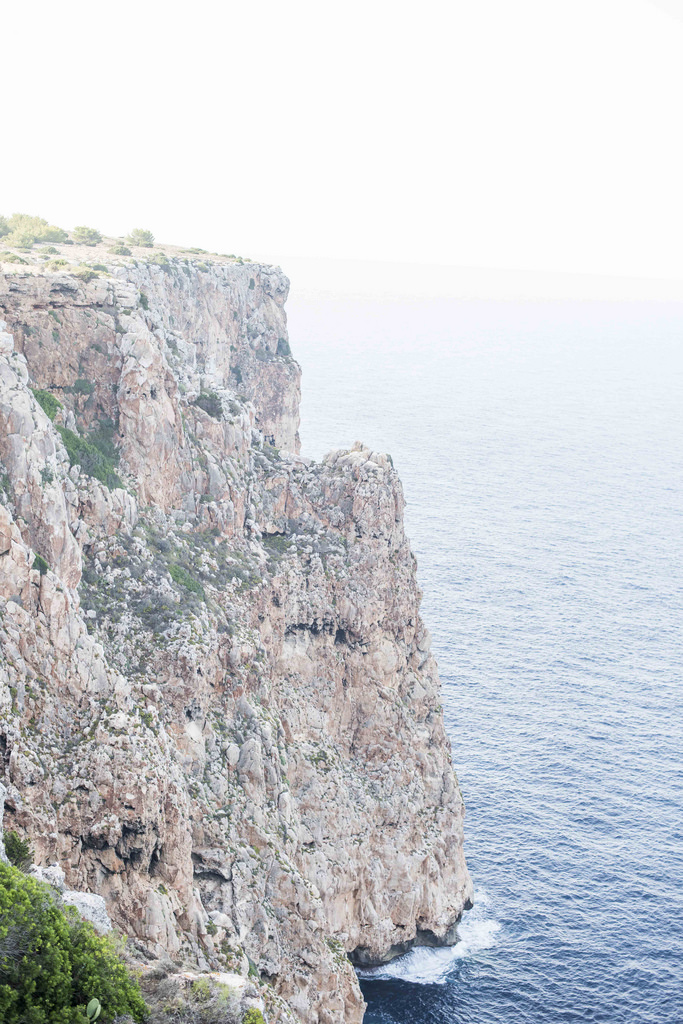GET IBIZA VILLAS IN YOUR INBOX? SUBSCRIBE
GET THE LATEST IBIZA NEWS IN YOUR INBOX SUBSCRIBE

When day-trippers from Ibiza disembark from their boats, they are instantly struck by the difference in the colour of the sea, the clarity of the water and the clearness of the skies. It is inland however, where the true natural beauty of Formentera lies. Break day-tripping tradition and take a drive to the heart of the island to really embrace the island’s authenticity. Better yet, stay overnight, and spend more time exploring country laneways and forest walkways, whether in the glorious golden sunlight or under the magical moonlit skies, on foot, by bicycle or on a scooter. Fill your lungs with the unpolluted Formentera air, taking in the scent of pines and the sea as you start to truly connect with nature.
In the countryside, it is almost as if time stands still. Centuries old, dry stone walls with rickety, handmade wooden gates divide farmland and fields, peppered with rustic-looking bales of hay and populated by goats. Look up, and Ibiza is but a hazy view in the distance. Look down, and the weathered rocky ground has transformed with beautiful textures and patterns, covered in low growing, lilac-hued shrubbery. The landscape is dry, but beautiful nonetheless and after the heavy end-of-season rainfalls each year, it becomes lush and green once more. Unspoiled. Rugged. Raw. Wild. Windswept. While not quite wuthering, the cliff faces of Formentera are reminiscent of a Bronte sisters’ novel – had the Brontes been born in the Balearics, of course. Breezes pick up around sunset, a welcome respite from the relentless heat in high summer, gently rustling the wild grass that grows in soft, feathery plumes on top of the jagged, rocky surface. Succulents too, spout wildly along the coast, ranging from creeping evergreens to ancient agave, aloe and cactus.
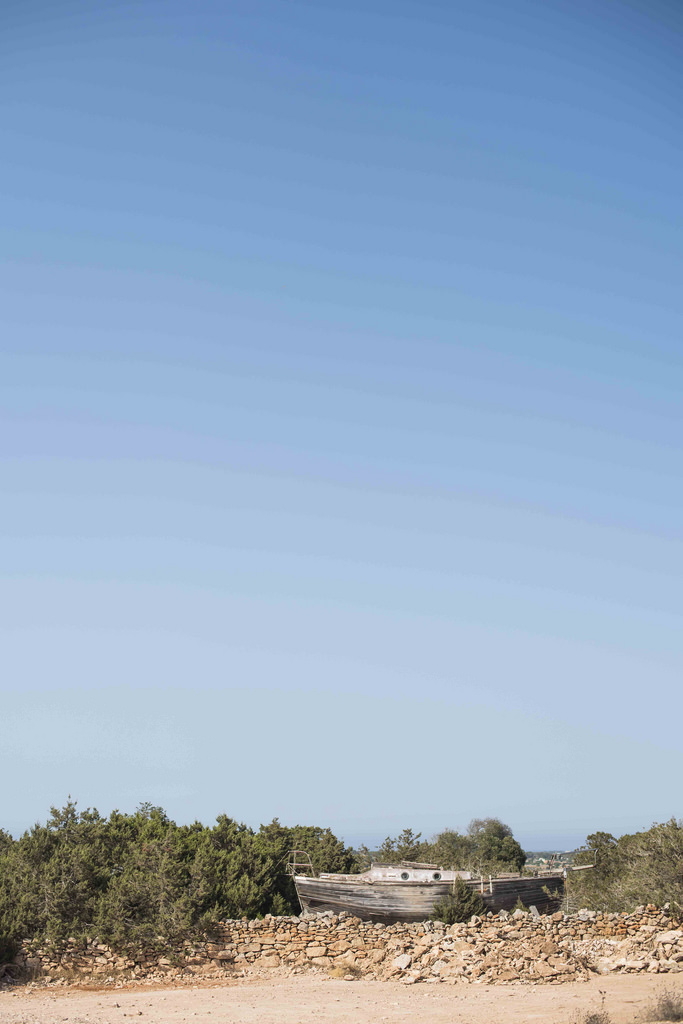
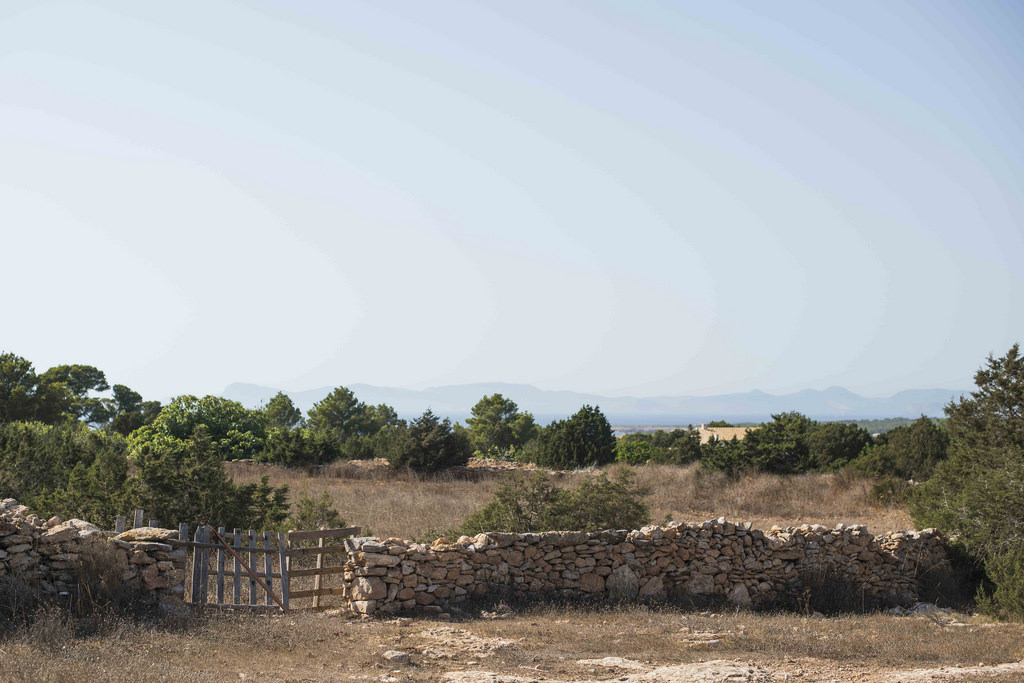
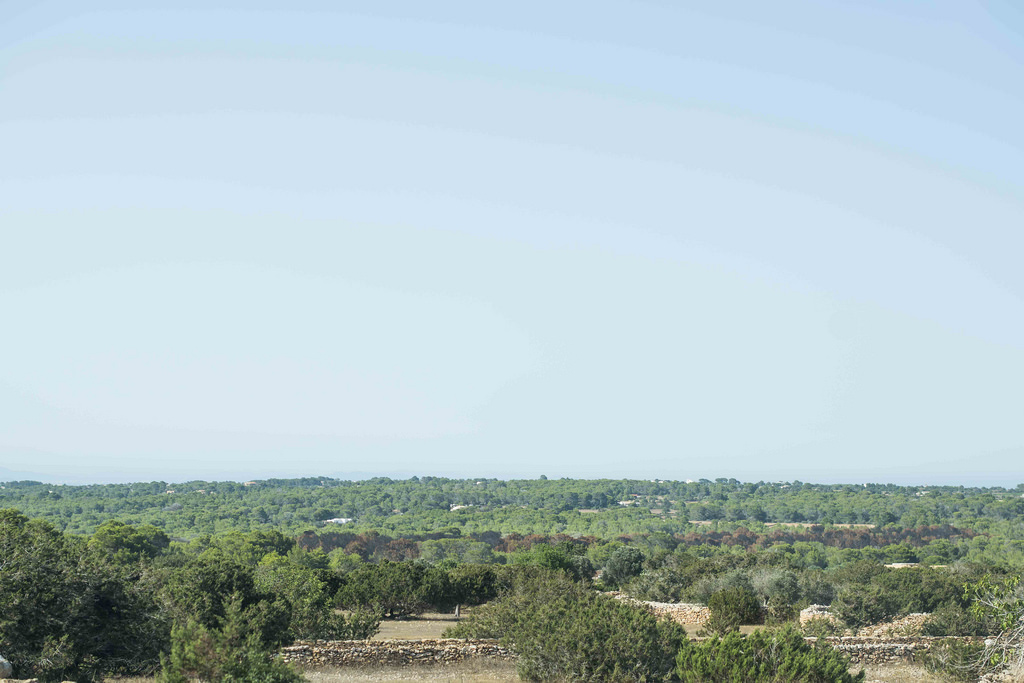
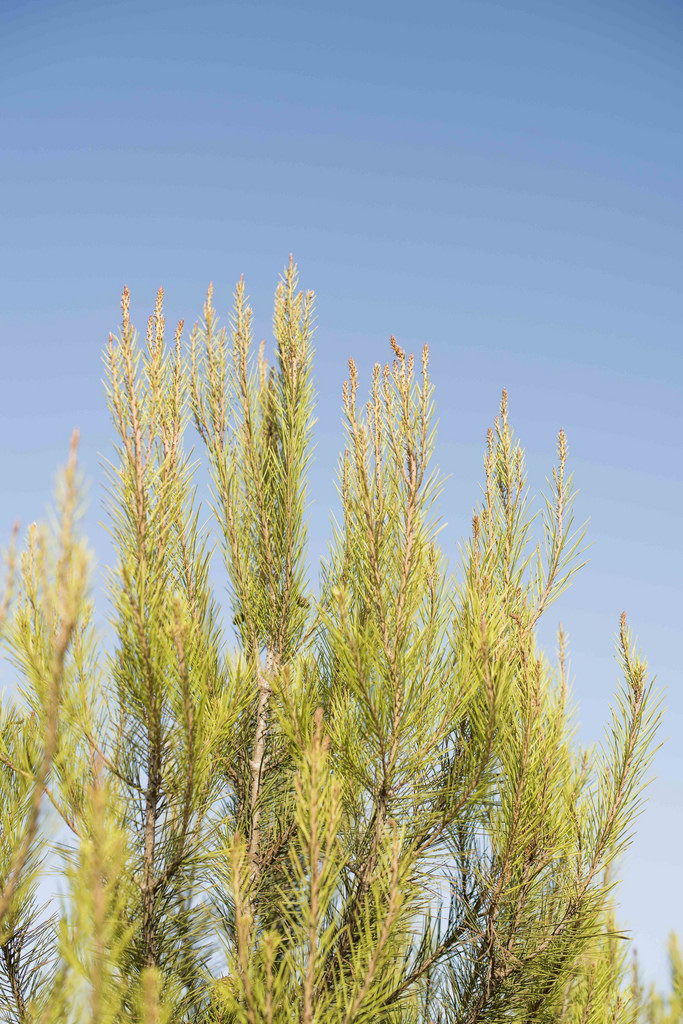
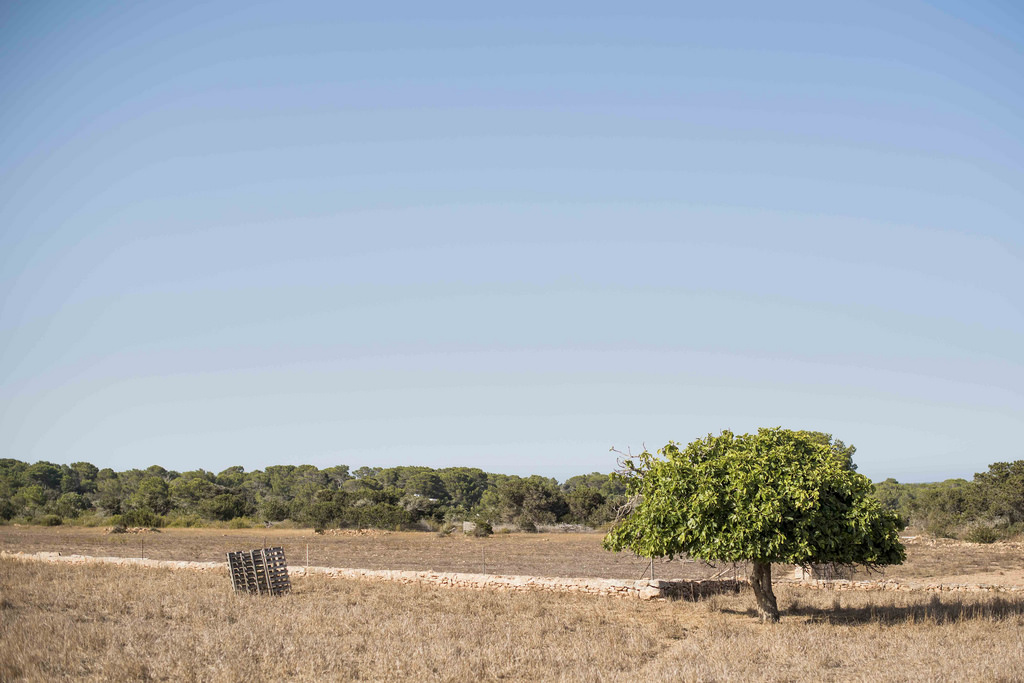
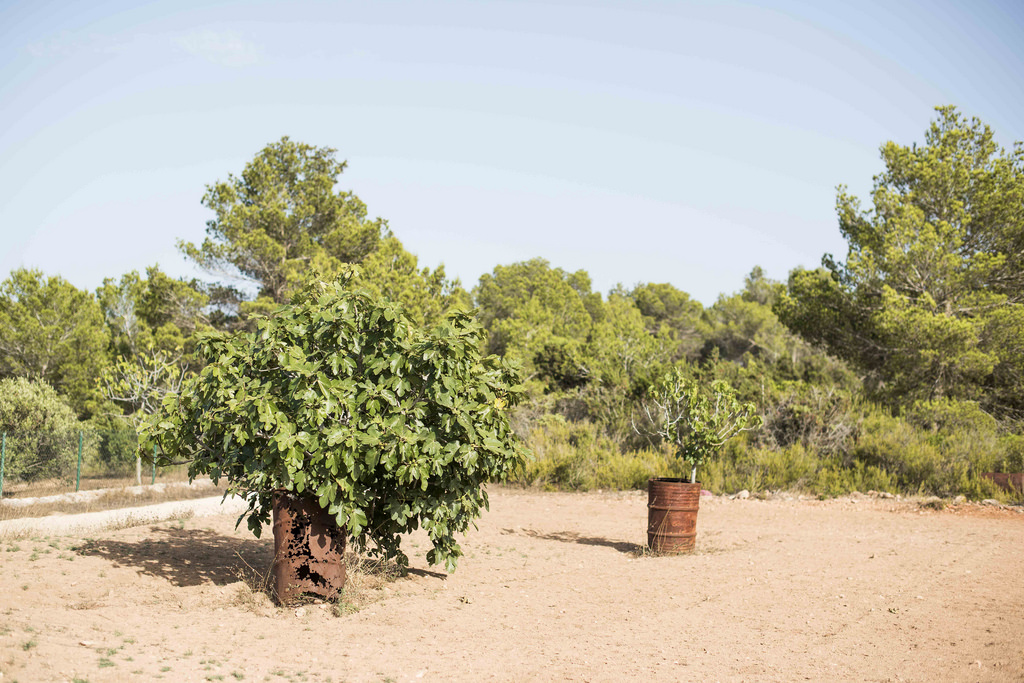
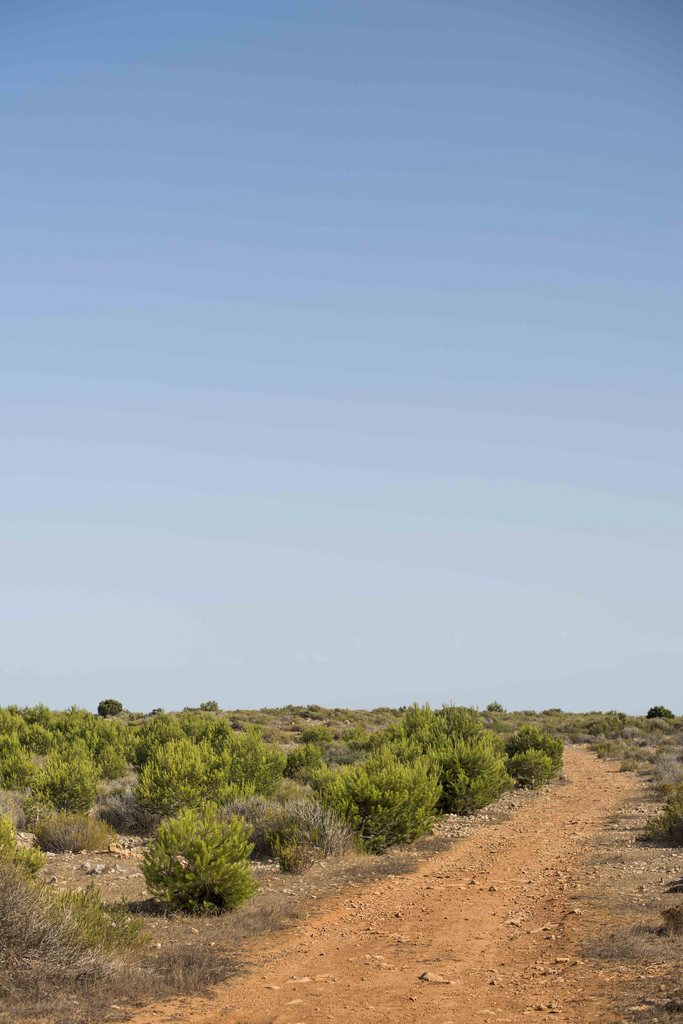
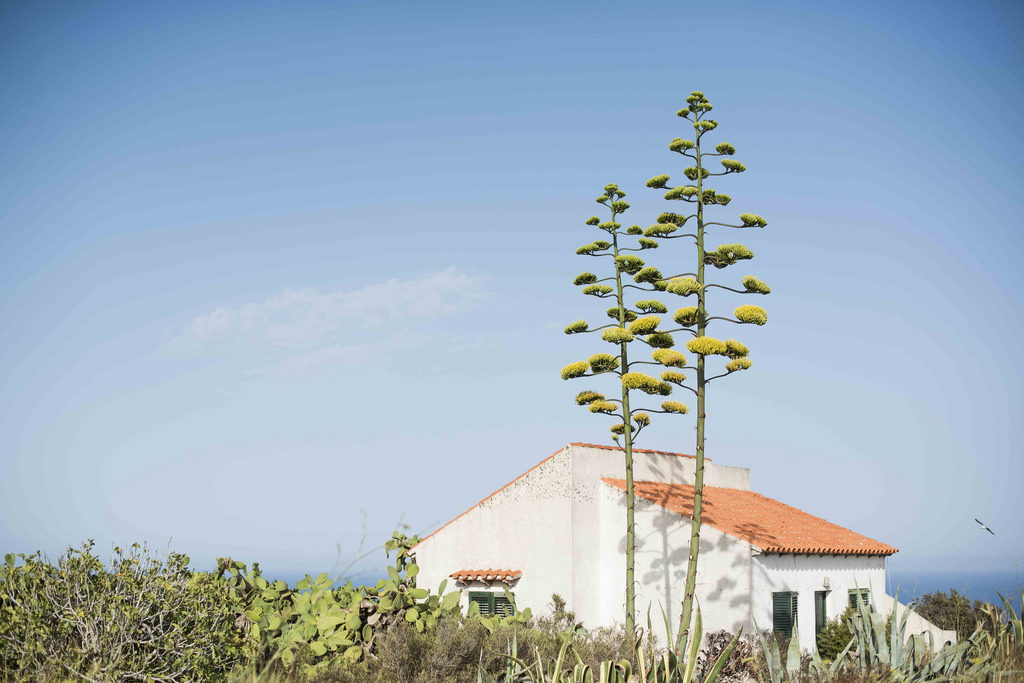
One of the most famous sights on the Formentera landscape, spotted as you drive along the main road that takes you up to the hilltop of La Mola, are enormous fig trees. They thrive on the dry land, growing further outwards than they do upwards, and local farmers work tirelessly to keep the branches supported from the ground level. Of course, this means fresh figs are in abundance come high summer – the lush, sweet fruit represents the taste of Formentera to those in the know. It’s not just the flora of Formentera that is impressive; the fauna deserves a mention too. Under the fig trees when the sun reaches its peak, you’ll see sheep grazing and catching some shade, while later at sunset, you’ll hear the sound of birds tweeting in the tree tops. The Ibiza Wall Lizard is recognised as the symbol of Formentera, quite tame by nature, and found happily sunbathing on dry rocks or sand while surrounded by humans. Interestingly, these lizards boast the highest colour diversity of any reptile species on the planet, so don’t be surprised if no two creatures look alike.
Underwater too, is home to an entire world of marine life – popular with divers and snorkelers alike – and it is in Formentera’s waters where the UNESCO World Heritage Listed species of seagrass, Posidonia Oceanica, grows freely. The underwater meadows of this grass are up to eight kilometres long in the area and said to be up to 100,000 years old – the world’s oldest organism. It is this species that is responsible for oxygenating the ultra-clear water in Formentera and that helps preserve its beaches from erosion. Closer to the port, stunning salt flats (salinas) are home to flamingos, herons, egrets and more, making the island also popular with bird watchers. Vineyards populate expanses of farmland on the highest points of the island, Cap de Barbaria and La Mola, with a variety of grapes flourishing in the climate. You can almost feel the Formentera ecosystem breathing with you and there is currently much support for sustainable tourism on the island. Nature is in abundance here, and while inland Formentera may not be as famous as the white sandy beach of Illetes, where the A-list dine as their yachts are anchored offshore, it is perhaps more authentic, more beautiful and a true symbol of the enduring spirit of this island.
